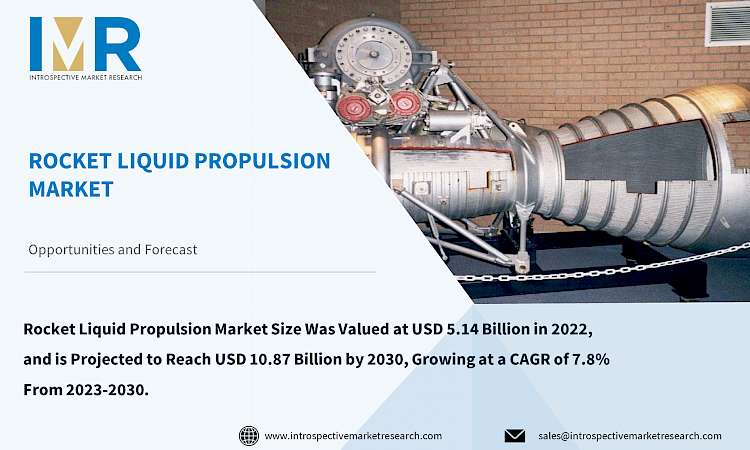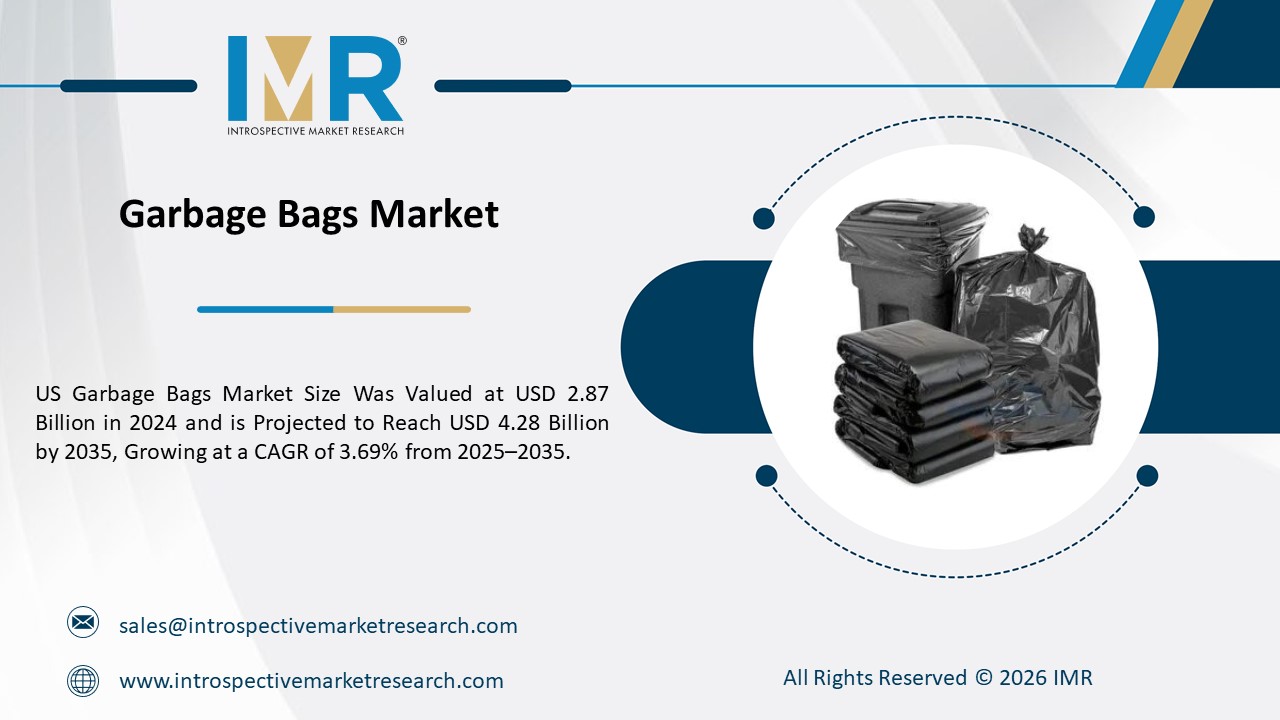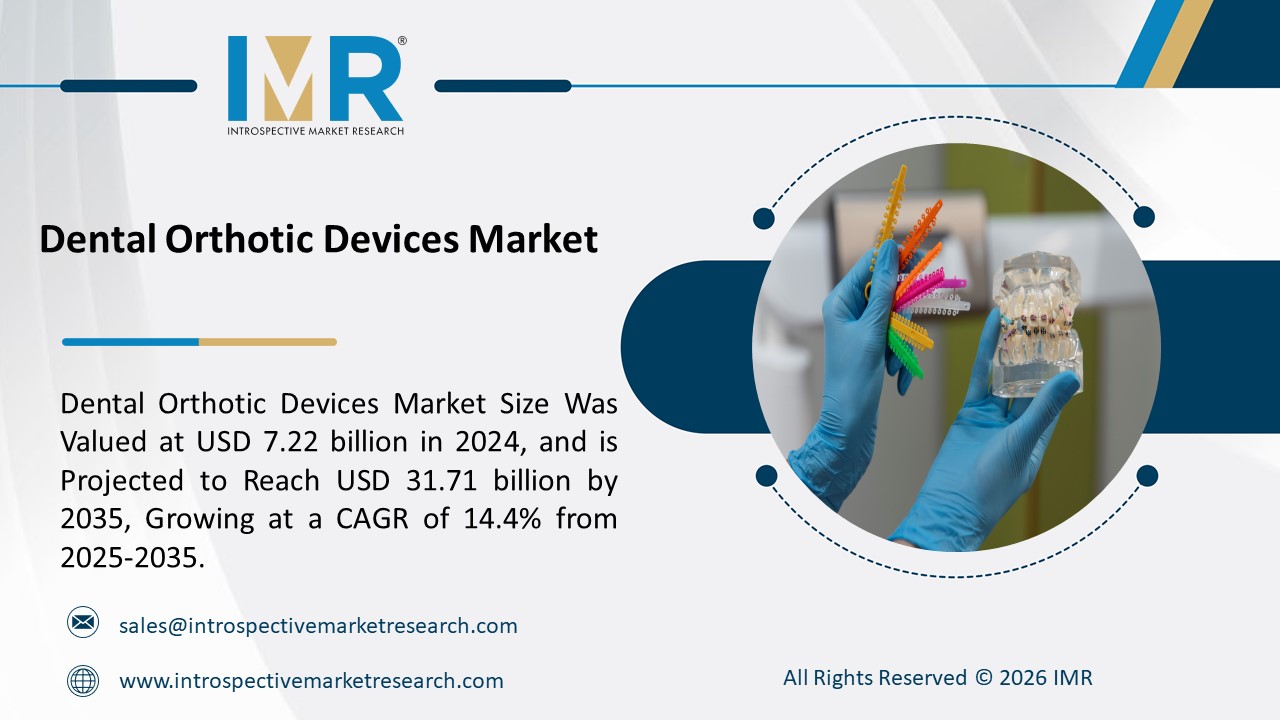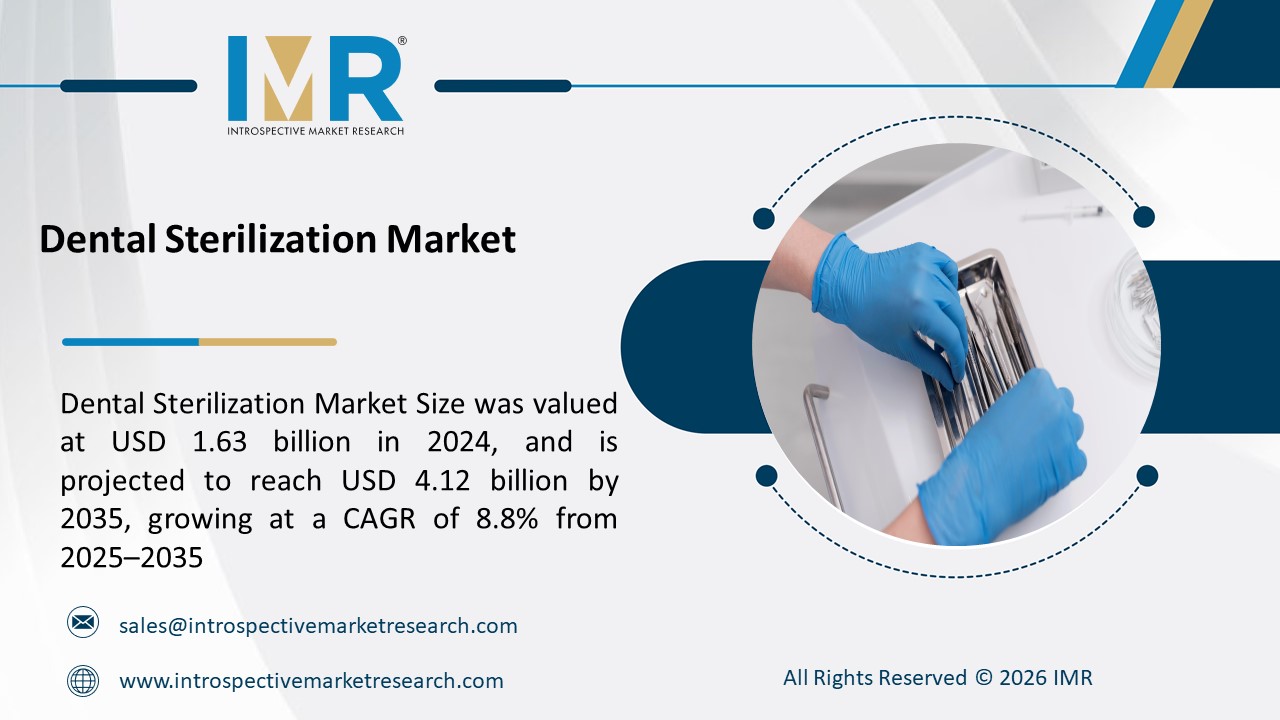Market Overview:
Rocket Liquid Propulsion Market Size Was Valued at USD 5.14 Billion in 2022, and is Projected to Reach USD 10.87 Billion by 2030, Growing at a CAGR of 7.8% From 2023-2030.
The rocket liquid propulsion market is a critical sector within the aerospace industry, responsible for powering various types of rockets, including launch vehicles, satellites, and interplanetary spacecraft. Liquid propulsion systems utilize liquid propellants, typically consisting of a fuel and an oxidizer, which are stored separately until they are combined and ignited to produce thrust. This technology offers high performance and versatility, making it suitable for a wide range of applications, from commercial satellite launches to deep space exploration missions. Advancements in propulsion technologies, such as the development of more efficient engines and innovative propellant combinations, are also driving growth in the market. Engineers and researchers are constantly striving to improve the performance and reliability of liquid propulsion systems, aiming to reduce costs and increase mission success rates. Moreover, the emergence of reusable rocket technology, pioneered by companies like SpaceX, is reshaping the market by offering the potential for significant cost savings and enhanced sustainability.
Top Key Players Covered in The Rocket Liquid Propulsion Market:
- Safran SA (France)
- Aerojet Rocket Dyne (U.S)
- Mitsubishi Heavy Industries, Ltd (Japan)
- Antrix Corporation Limited (India)
- Northrop Grumman Corporation (US)
- SpaceX (US)
- Blue Origin (US),
- Relativity Space (US), and Other Major Players
Market Dynamics and Factors:
The rocket liquid propulsion market has experienced significant growth in recent years, driven by an increasing demand for space exploration, satellite deployment, and commercial space travel. This propulsion system, which typically utilizes liquid fuels such as liquid hydrogen or kerosene, offers advantages in terms of efficiency, controllability, and versatility, making it a preferred choice for a wide range of space missions. Additionally, advancements in technology have led to the development of more efficient and reliable liquid propulsion systems, further fueling market expansion.
Market dynamics within the rocket liquid propulsion industry are influenced by various factors. The growing interest in space exploration and satellite deployment, both by government space agencies and private companies, continues to drive demand for rocket propulsion systems. Furthermore, increasing investments in research and development activities aimed at enhancing propulsion efficiency and reducing costs are shaping market trends. Additionally, geopolitical factors, such as competition among nations in space exploration and defense initiatives, also play a significant role in driving market dynamics.
The Rocket Liquid Propulsion Market Report Highlight:
- By type, the growth of the Rocket Liquid Propulsion market will be driven by the Rocket Engines segment, the segment of rocket engines in liquid propulsion is dominating the market due to its versatility, efficiency, and proven track record in powering various spacecraft missions. Liquid propulsion systems offer higher specific impulse, allowing rockets to achieve greater speeds and payloads, crucial for both commercial satellites launch and deep space exploration missions.
- By Orbit, the Low Earth Orbit (LEO) segment is expected to be the key driver of growth in the Rocket Liquid Propulsion market. The Low Earth Orbit (LEO) segment of the rocket liquid propulsion market is dominating due to the burgeoning demand for satellite constellations, space tourism ventures, and scientific exploration missions requiring frequent access to space. Liquid propulsion systems offer the necessary efficiency and flexibility to meet the diverse needs of LEO missions, providing reliable propulsion for satellite deployment, orbital maneuvers, and crewed missions.
- By Component, the Propellant sector is expected to drive the growth of the Rocket Liquid Propulsion market. The propellant segment of the Rocket Liquid Propulsion Market is dominating due to its crucial role in powering a wide range of space missions with efficiency, reliability, and versatility. Liquid propellants offer higher specific impulse compared to solid alternatives, enabling rockets to achieve greater speeds and payloads, essential for commercial satellite launches, deep space exploration, and manned missions.
- By Region, North America holds the largest market share in the rocket industry currently due to several key factors. Firstly, the region benefits from substantial space agency budgets, allowing for significant investments in space exploration and satellite deployment initiatives. Secondly, the presence of major players like SpaceX and United Launch Alliance, with their innovative technologies and successful track records, further solidifies North America's dominance.
Key Industry Development:
- In December 2023, L3Harris acquires Aerojet Rocketdyne.This major deal, announced in December 2023, created a larger player in the rocket propulsion market. L3Harris, a defense and aerospace company, gained Aerojet Rocketdyne's expertise in rocket engines for space vehicles, missiles, and military applications. This consolidation is expected to enhance innovation and operational efficiency.
- In May 2023, SpaceX has announced its continued commitment to the development of its Starship launch system. With its pioneering reusability capabilities, the Starship system not only signifies a significant leap forward in rocket technology but also holds immense potential for enabling ambitious space missions and transforming point-to-point travel on Earth.
The Rocket Liquid Propulsion Market Segmentation:
By Type
- Rocket Motor
- Rocket Engine
By Orbit
- Low Earth Orbit (LEO)
- Medium Earth Orbit (MEO)
- Geostationary Earth Orbit (GEO)
- Beyond Geosynchronous Orbit (BGEO)
By Component
- Motor Casing
- Nozzle
- Igniter Hardware
- Turbo Pump
- Propellant
- Others
By Vehicle Type
- Manned
- Unmanned
By End User
- Military
- Government
- Commercial
For this report, Introspective Market Research has segmented the Rocket Liquid Propulsion Market based on region:
Regional Outlook (Revenue in USD Million; Volume in Units, 2023-2030)
North America
- The U.S.
- Canada
- Mexico
Eastern Europe
- Russia
- Bulgaria
- The Czech Republic
- Hungary
- Poland
- Romania
- Rest of Eastern Europe
Western Europe
- Germany
- UK
- France
- Netherlands
- Italy
- Spain
- Rest of Western Europe
Asia Pacific
- China
- India
- Japan
- Singapore
- Australia
- New-Zealand
- Rest of APAC
Middle East & Africa
- Turkey
- Saudi Arabia
- Qatar
- UAE
- Israel
- South Africa
South America
- Brazil
- Argentina
- Rest of SA






